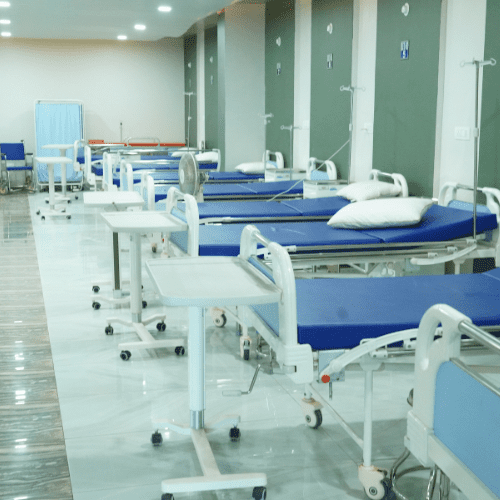Simulation-based training has emerged as a pivotal component in the field of medical education, particularly for training future physicians. This innovative approach allows students to engage in realistic clinical scenarios without the associated risks of real-life patient interactions. By integrating simulation into their curricula, medical schools can better prepare students for the complexities and unpredictabilities of clinical practice. This article delves into the importance of simulation-based training in medical education and its role in enhancing clinical skills through realistic simulated scenarios.
The Importance of Simulation-Based Training in Medical Education
Simulation-based training provides a controlled environment in which medical students can practice their skills safely. This setting not only eliminates the risk of harm to patients but also fosters a space where students can experiment, make mistakes, and learn from them without real-world consequences. The ability to rehearse procedures and clinical decision-making enhances student confidence and competence, ultimately improving the quality of patient care delivered in the future. Furthermore, simulation-based training is essential for achieving the core competencies outlined by accrediting bodies, ensuring that graduates are prepared to meet the demands of modern medical practice.
Another critical aspect of simulation-based training is its ability to bridge the gap between theoretical knowledge and practical application. Traditional medical education often emphasizes lectures and textbook learning, which may not adequately prepare students for the nuances of patient interactions and clinical procedures. Simulation offers an interactive learning experience that encourages active participation, thereby deepening understanding and retention of medical concepts. It allows students to apply their knowledge in a dynamic and engaging manner, leading to improved learning outcomes.
Moreover, simulation-based training promotes interdisciplinary collaboration among healthcare professionals. In real clinical settings, medical professionals often work in multidisciplinary teams to provide comprehensive care. By incorporating simulation exercises that involve various roles, medical students can develop teamwork and communication skills essential for effective collaboration. This exposure to team dynamics prepares future physicians to function adeptly in real-world healthcare environments, where cooperation and coordination are crucial for optimal patient outcomes.
Enhancing Clinical Skills Through Realistic Simulated Scenarios
Realistic simulated scenarios create invaluable opportunities for students to enhance their clinical skills. High-fidelity simulations, which utilize advanced mannequins and virtual reality technologies, can replicate a wide array of clinical situations, from routine examinations to life-threatening emergencies. This immersive experience allows students to practice and refine critical skills such as history-taking, physical examination, and decision-making under pressure. By facing challenging scenarios in a safe environment, students gain the experience necessary to respond effectively when encountering similar situations in practice.
In addition to technical skills, simulation-based training also emphasizes the development of soft skills, such as empathy, communication, and leadership. During simulations, students engage with standardized patients—actors trained to portray specific medical conditions—allowing them to practice their interpersonal skills in a realistic context. Feedback from instructors and peers provides further opportunities for reflection and growth, enabling students to identify areas for improvement and reinforce positive behaviors. This holistic approach to skill development is vital for producing well-rounded, competent healthcare professionals.
Furthermore, the incorporation of debriefing sessions after simulation experiences significantly enhances learning outcomes. During these sessions, facilitators and students analyze the simulation, discussing what went well and identifying areas for improvement. This reflective practice encourages critical thinking and self-assessment, which are essential skills for lifelong learning in medicine. By critically evaluating their performance and the decisions made during simulations, students can better prepare themselves for the complexities of real-life clinical situations.
In conclusion, simulation-based training represents a transformative approach to medical education, offering students the opportunity to develop both technical and soft skills in a safe and effective manner. By blending theoretical knowledge with practical application through realistic simulated scenarios, medical schools can ensure that their graduates are well-prepared to face the challenges of modern healthcare. As the field of medical education continues to evolve, the integration of simulation-based training will undoubtedly play a crucial role in shaping the future of medical professionals and ultimately improving patient care outcomes.




